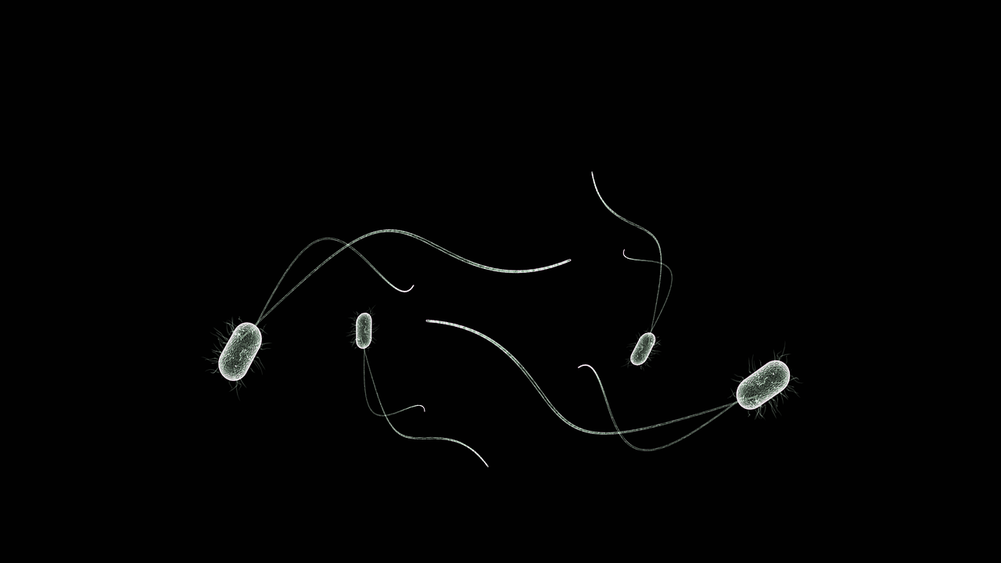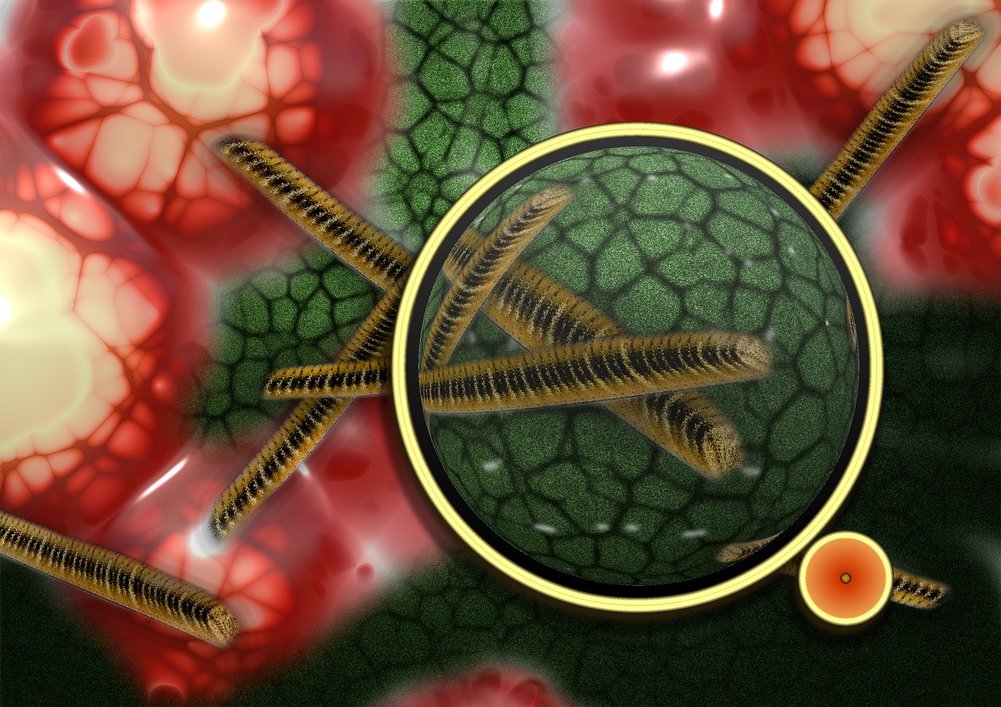Everything we touch and consume leaves traces on our skin and in our body. The food we eat, people and materials we interact with and even the cosmetics we use, all contribute to the properties of our bioflora.
A few years ago, scientists proposed in a study that the diversity of bacterial communities on our skin is far greater than previously recognized. The verification is so great that we can successfully use it as an identification tool for crime scene investigations and other applications. The study has shown that the samples of individual’s skin bacterial communities can be collected from surfaces (i.e. computer mouse) and that the structure of these communities shows us variation between individuals. This approach can be used successfully for the period of up to two weeks after handling the object even if the object is kept at the room temperature.
In a recent study, scientists were able to go even further. They used mass spectrometry to investigate the skin chemistry left behind on objects handled by people with various lifestyles. Thirty-nine volunteers were involved in the investigation and the molecules found on their skin revealed various facts about them: additives of sunscreen were detected on one individual and suggest that this person spends a lot of the time outside. Caffeine found on another individual indicates coffee or tea drinker, nicotine indicates smoker and traces of medicine found can help establish from which medical condition is this person suffering. There was even evidence found suggesting that a person eats a lot of citrus fruits. This way they were able to construct lifestyle sketches for the individuals involved in the study on the basis of traces on their objects.

Some more information and the view on the application of these methods can be found in the interview with the researchers behind the method and professional forensics scientists.
By Urška Kotnik, MSc student, University of Ljubljana











